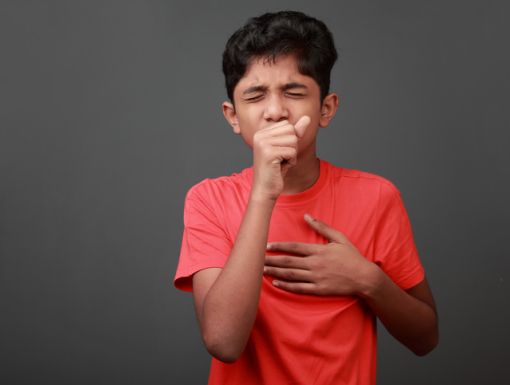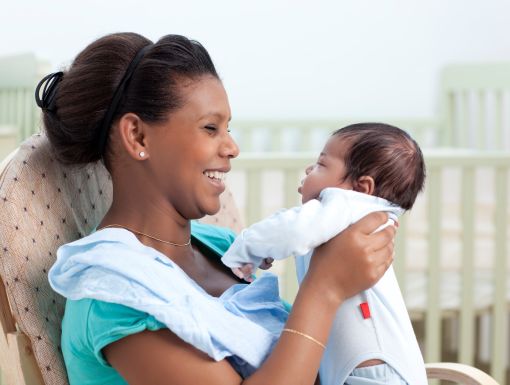
What Parents Want to Know About 2023 RSV (Respiratory Syncytial Virus)
What is RSV?
RSV is a very common respiratory virus that traditionally causes an annual epidemic during the winter and early spring. Since the COVID-19 pandemic, this pattern has been less predictable. Most children with RSV infection recover without major issues; the clinical picture being that of a typical “cold." However, RSV can be severe and require hospital admission.
What are symptoms and signs of RSV?
- Nasal congestion and discharge
- Cough
- Increased effort to breathe
- Wheezing (a high-pitched whistling sound made while breathing)
- Poor eating and drinking
- Fever
- Lethargy
- Irritability
- Cyanosis (a bluish discoloration of the skin)
- Young infants can have apnea (cessation of breathing)
Who is most at risk?
Healthy children can have a severe case of RSV. However, those most at risk are young infants and those with a history of baseline lung disease (notably infants with chronic lung disease or prematurity), congenital heart disease, immunocompromised status and neuromuscular disease.
Is RSV contagious?
RSV is highly contagious. Nearly all children have had at least one RSV infection by the time they reach 2 years of age. It can spread through droplets containing the virus when someone coughs or sneezes. It can live on surfaces and on hands, so it can spread when a person touches something contaminated and then touches their nose or eyes. People most commonly develop symptoms four to six days after exposure. The typical period a person sheds the virus is three to eight days but can be significantly longer in some groups like young infants and the immunosuppressed.
How is RSV diagnosed?
Diagnosis of RSV is usually based on symptoms and an examination by a physician. There are tests to detect the virus using a nasal swab if needed by the physician for medical decision making.
How is RSV treated?
RSV is treated with symptom management like:
- Fluids, possibly IV to prevent or treat dehydration
- Nasal suctioning of secretions
- Supplemental oxygen or more advanced respiratory support if necessary
How can I prevent RSV?
Practicing proper hand hygiene is crucial. Additional measures include avoiding sick siblings, crowds, and if possible, daycare settings. Second-hand smoke exposure should be eliminated. Palivizumab (Synagis) is an injection of immunoglobulin against RSV that can be given to certain high-risk populations (see above) to try to prevent severe RSV disease. This is given once per month from November to March.
For more information on children's health and wellness, subscribe to our free weekly parenting newsletter here.



